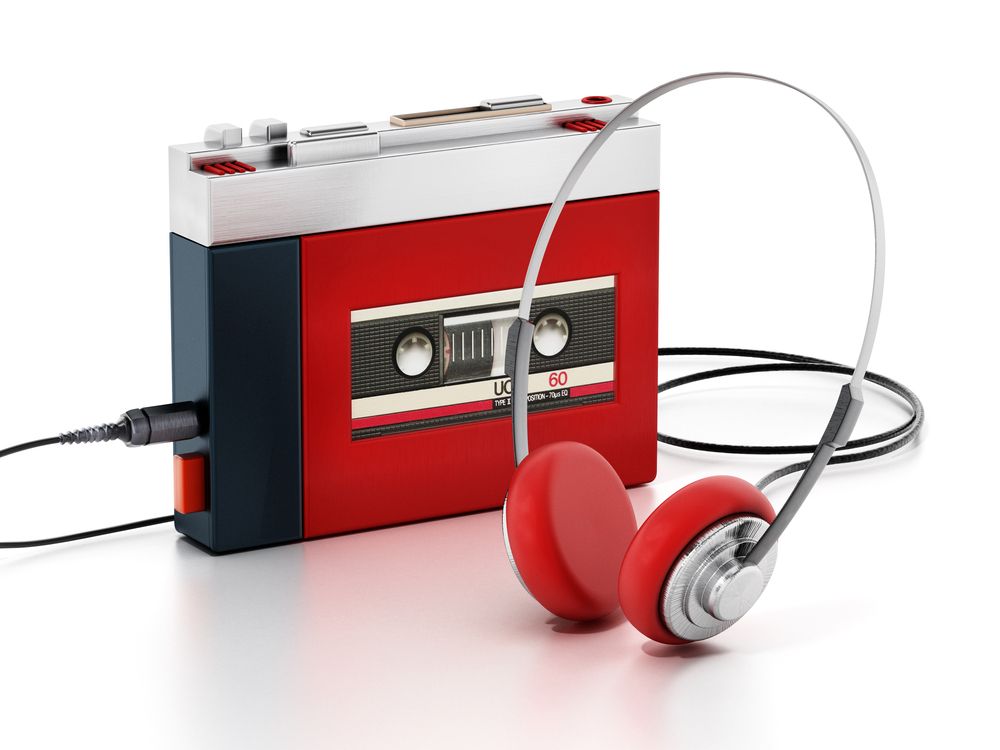Affordance
On January 13, 2018, the people of Hawaii woke to a shocking alert on their phones and TVs. An incoming ballistic missile was on its way and that the warning was not a drill. It was 38 minutes later that the alert was retracted. During those 38 minutes — panic set in. People were trying […] http://

On January 13, 2018, the people of Hawaii woke to a shocking alert on their phones and TVs. An incoming ballistic missile was on its way and that the warning was not a drill. It was 38 minutes later that the alert was retracted.
During those 38 minutes — panic set in. People were trying to figure out what to do. People drove their families to highway tunnels in hopes it would protect them. We can only imagine the fear that raced through the population of more than a million people.
How did this happen?
Hawaii Emergency Alert System
The alert was accidentally triggered by a state employee who was attempting to perform an internal test. As the Washington Post reported, the user interface for the emergency management system had a drop-down menu with two choices — TEST MISSILE ALERT and MISSILE ALERT. The two options worded almost identically and with no confirmation required.
It is harder to erase a photograph from your phone that it was to scare the citizens and tourists in Hawaii.
The designer did not consider the confusion of choosing the wrong menu option. There were no signals to the user about the action they were about to take.
What if the same lack of thought and consideration has been applied to airplanes, water treatment facilities, or nuclear power plants?
It isn’t restricted to exotic or high-risk areas. You experience these signals every day.
Office Affordance
Have you ever walked up to a door and instead of a door handle, you were presented with a flat panel area where the door handle would normally be? What do you do?
You push and the door opens.
This signal of the properties of the door, in this case, to push, is called affordance. Affordance can also signal what not to do with the door. With no handle, you are not to pull on the door.
In our office, there is a conference room near my cube. On the glass doors are handles. I invariably grab the handles and pull. What happens? Nothing. To open the door you need to push. So after I pull, then I push. While I’ve been in this conference rooms hundreds of times, I pull each and every time. The visual queue, affordance, overrides my memory of the last time I tried to enter the conference room — and I pull on the handle.
While we may chuckle at these design oversights, the use of affordance can give customers a clear signal of how-to, and how not to, experience a product or service.
Sony Walkman Affordance
In 1980, I got my first Sony Walkman. This innovation had quickly become “the tech” everyone had to have. It allowed you to take your music with you. At the time, I was into DJing and making my version of mixtapes. The walkman allowed me to enjoy my music wherever I went — to the annoyance of the then-girlfriend and now wife.
What I found intriguing with the Walkman was what it didn’t do — as much as what it did do. Yes — it was the first highly portable way to listen to recorded music. What it did not allow you to do was record music.
That’s right — you could listen to music but you could not record it. Why? Up to that time, every cassette player allowed you to record.
Sony made the clever design decision to not have a feature to signal to customers what it was — a portable music player. This decision had other benefits including reducing complexity and lower intimidation that technology can sometimes cause.
This design decision by Sony is another example of affordance. It signed what you can and cannot do with a Sony Walkman.
Affordance applies to all kinds of products and services.
McDonald’s Affordance
Have you ever wondered why McDonald’s does not offer cutlery? I can honestly say that I’ve never been tempted to use a fork and knife to eat a Quarterpounder.
In its early days, McDonald’s didn’t offer cutlery as an affordance signal to its customers in how they were to enjoy their meal — with their hands.
For companies, paying attention to affordance can create highly differentiated customer experiences that create brand loyalty.
Apple Affordance
Apple is one such company. By limiting options, radical simplicity, and clear signaling of what every action will be, Apple has created a cult following.
Ignoring affordance can lead to customer confusion and frustration which will open the doors to others to your market.
Ask yourself — what affordance signals are you sending to your customers? Maybe it is the front door? Or a user interface in your mobile app or website? Or maybe a feature available or unavailable with your product?
How do you find these affordances that you can fix or leverage? By testing with your customers.
Remember, you are not a proxy for your customer. Affordance is in the eye of the customer.
Be more like Apple – and less like the Hawaii Emergency Alert system.
Podcast: Play in new window | Download | Embed
Subscribe: Apple Podcasts | Google Podcasts | RSS | More
Phil McKinney Newsletter
Join the newsletter to receive the latest updates in your inbox.




